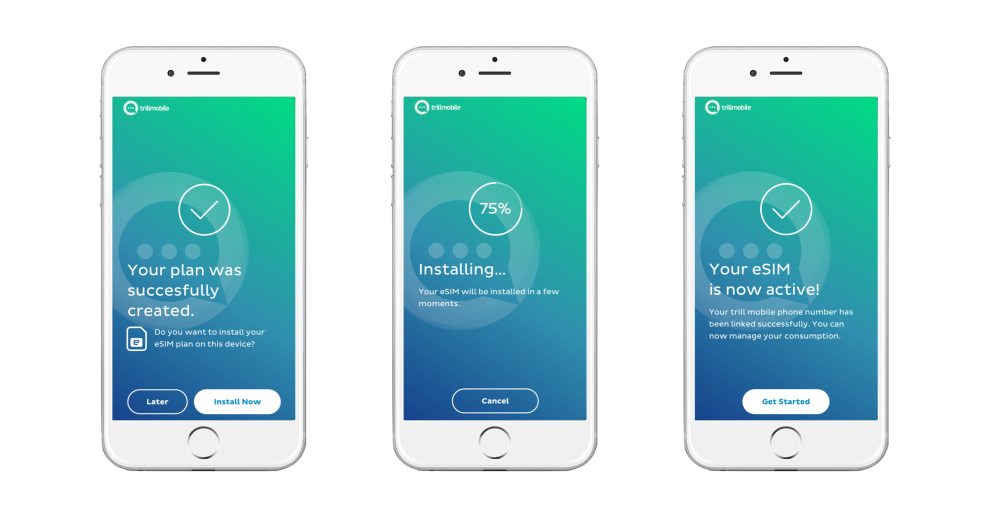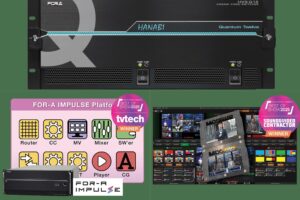Onboarding is one of the most important phases of a telco’s customer journey. It’s the first experience that a customer has with their service provider, and as we all know, first impressions count. Despite this, it’s also one of the key areas where mistakes are made when a telco decides to go digital. Here, Hamish White, CEO of telecoms software provider Mobilise reveals the common mistakes telcos make when adopting a digital onboarding strategy, and how they can be avoided.
Digitalisation is sweeping across every industry, leaving customers with high expectations and meaning businesses must ensure a fast, frictionless and fully digital customer experience in order to succeed.
Following the pandemic, digital experience is even more important. In fact, 68 per cent of respondents to a survey conducted by CRM software provider Salesforce agreed that the pandemic has elevated their customers’ digital expectations. Meeting these expectations is important for any business, but for service providers — the very companies responsible for providing the connectivity we’ve all come to rely on — it is crucial.
Why digital onboarding?
Onboarding has historically been one of the most challenging processes for a telco to digitalise, due to the need for a physical SIM to be provided to the customer and processes like identity verification needing to be done in person.
Telcos typically provide their new customers with physical, plastic SIM cards, which can either be delivered directly to the customer or collected from a retail store. Similarly, identity verification has taken place in person at a store or by the courier delivering the SIM card or device. However, the development of embedded SIMs, or eSIMs, has innovated the onboarding process.
eSIMs facilitate improved digital onboarding by eliminating the need for a physical SIM card. Instead, network authentication credentials, that have traditionally been included on the physical SIM card, are downloaded to the device Over The Air, for completely digital onboarding.
However, while eSIMs facilitate frictionless onboarding, it’s important to ensure eSIM onboarding is improving the customer experience and not degrading it. A poorly executed digital onboarding solution can do more harm than good to customer satisfaction, which ultimately, can result in lower customer activation or a high churn rate.
Research by Capgemini revealed that consumers are open to exploring new online services to minimize the risks associated with human contact today, but face challenges when using operators’ digital channels. For instance, nearly a third of consumers find it difficult to use their operator’s online store or app to buy a device or plan, and 41 per cent find it easier to go to a store to resolve issues rather than using online customer care channels.
This highlights how customers want to interact more in digital channels but find it hard using existing tools provided by service providers, it’s vital that digital customer experience is made as user friendly as possible, to capitalise on the benefits that digital channels can offer to both user and operator.
Clunky, confusing, complicated
Unfortunately, our experience shows that many service providers implement eSIM digital onboarding in ways which negate the benefits of eSIM.
Although the eSIM QR code solution offers many benefits over physical SIMs, it too has its customer experience challenges. QR codes require the user to have two devices available, one to show the QR code and the other to scan it. Constantly switching between different platforms creates unnecessary friction for the customer.
If service providers are to offer a complete digital onboarding journey using eSIM they are also required to manage identity verification digitally. Digital identity verification typically takes the form of the customer uploading documentation such as a utility bill and passport scan, which is prone to mistakes and fraud. eKYC solutions are far more efficient and involve a video or selfie showing the customer’s face and identity document and verbally confirming that they have purchased the outlined plan. Digitally onboarding in this way creates a frictionless experience for the customer and ensures customer satisifaction right from the get-go.
Going digital the right way
To avoid these common onboarding mistakes that could hinder customer satisfaction and retention, telcos should consider the benefits of a well-designed app. An app allows telcos to interact with their customers directly from their smartphones and offers a range of services through one channel — including the entire onboarding process.
The two sticking points of web-based onboarding — identity verification and eSIM activation — are streamlined to create the seamless user experience telcos are striving for. Identification can be verified through videos and ID document upload from right within the app, while in-app eSIM provisioning replaces the need for a QR code, enabling customers to activate their profile in just one simple tap.
Mobilise’s M-Connect platform is designed to empower telcos to digitalise their onboarding process quickly, simply and correctly. Taking an in-app approach streamlines the onboarding process to create a simple, intuitive customer experience. What’s more, opting for an app-based solution cuts down the onboarding time from a couple of working days to just a few minutes.
Making digital onboarding a positive customer experience is crucial to improving customer satisfaction and reducing churn. Onboarding is the first significant interaction that many companies have with their customers. Avoiding these common pitfalls by adopting in-app onboarding gives telcos and their customers alike the confidence in digital-first customer experience and making sure that first impression really counts.












